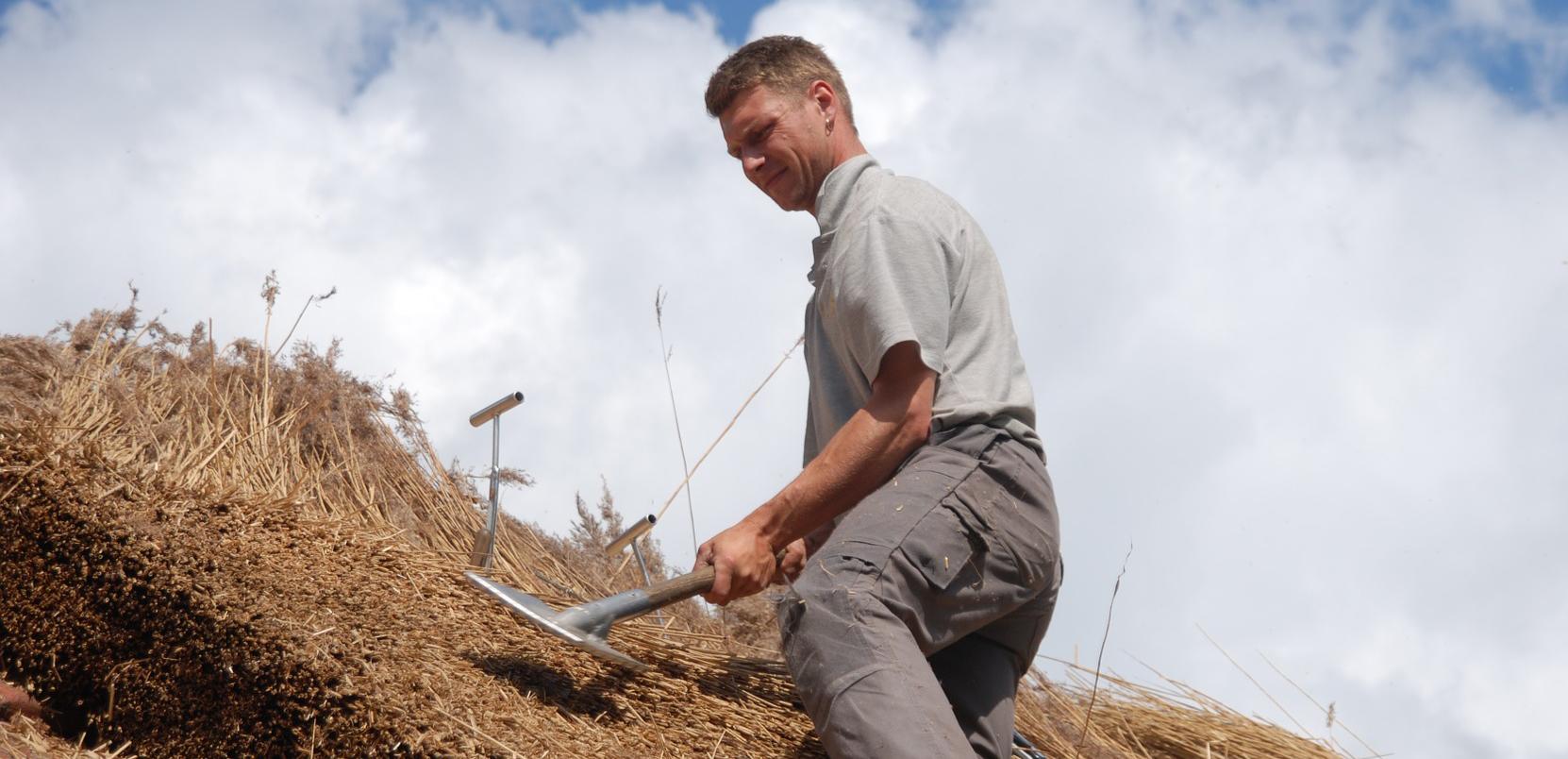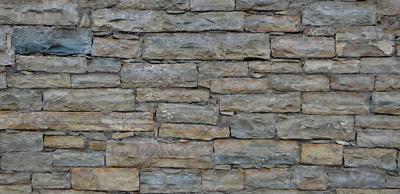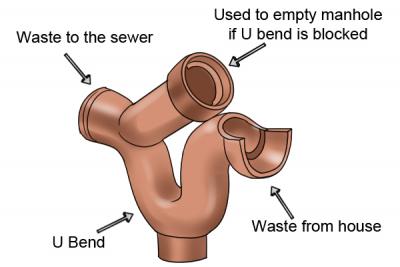“My dad told me about them!”: Thatched roofs
 Evidence suggests that thatched roofs have been around since the Bronze Age and the chocolate box image above is seen as most people’s aspiration of their dream home.
Evidence suggests that thatched roofs have been around since the Bronze Age and the chocolate box image above is seen as most people’s aspiration of their dream home.
The reality is that a thatched roof is now seen as a measure of wealth rather than its original introduction through one of poverty. It’s a versatile lightweight material that provides water resistance and insulation through its dense nature.
What is thatch?
There are three main types of thatch commonly used today: long straw, combed wheat reed and water reed. Of these materials, water reed is most commonly used and the main source of UK reed still comes from the Norfolk Broads.
However this can’t be grown in sufficient quantity and the majority of water reed needed is now imported from Europe.
Water reed grows tall, up to 2.5m and is sorted into bundles or bunches of different lengths. The longest bunches are used at the eaves and the shorter bunches towards the ridge.
How is the thatch attached to the roof?
Bunches are applied to the roof by Master Thatchers in horizontal courses, and the reed is dressed into place with a legget which forces the butt ends upward to tighten it into its crooks, screws and wire, spars or legget fixings and provide an even surface finish.
The ridge will usually be raised as a ‘block ridge’ and this section of the roof is the area that requires more maintenance.
Is a thatched roof long-lasting?
Whilst some thatched roofs in low rainfall areas have been maintained for as long as 70 years, many roofs thatched in recent times with poor quality imported water reed have failed in less than 10-15 years.
A roof thatched with Norfolk reed, or top quality imported reed, can be expected to last for up to 30-35 years. The cost of this, together with house insurance costs can be a significant factor in choice of this type of roof covering.
Is it more likely to catch fire?
There is also the consideration of fire.
While statistically-speaking thatched roof houses aren’t likely to catch fire any more than any other houses, they’re much harder to put out, and it makes more of a mess if it goes on fire.
It’s commonly thought that the spread of the Great Fire of London in 1666 was due to thatched roofs. In fact, following another Great Fire in 1212, legislation was introduced preventing thatch from being used within the city.
Today thatched roofs will usually have a 30 minute fire barrier beneath the thatch and The Dorset Model offers guidance on how this should be achieved.
The top surface of the thatch can also be treated with a fire retardant spray every 5-7 years to help in keeping insurance premiums down.
Further information
LABC technical guide: Guide to thatched buildings (The ‘Dorset Model’) new properties and extensions
Found this interesting? Browse our "My dad told me about them..." articles
Please Note: Every care was taken to ensure the information was correct at the time of publication. Any written guidance provided does not replace the user’s professional judgement. It is the responsibility of the dutyholder or person carrying out the work to ensure compliance with relevant building regulations or applicable technical standards.
This article was reviewed and updated on 10 August 2023
Sign up to the building bulletin newsletter
Over 48,000 construction professionals have already signed up for the LABC Building Bulletin.
Join them and receive useful tips, practical technical information and industry news by email once every 6 weeks.
Subscribe to the Building Bulletin




Comments
(No subject)
Submitted 6 years 7 months ago
Interesting statement. The article I read before this was 'Is Your product fire proof'
It says in the paragraph about Fire Retardant. Quote; The term is now no longer used, therefore claims that a product is ‘fire retardant' are meaningless.
Reply
Submitted 6 years 7 months ago
However, the subsequent paragraph in the article reads;
Occasionally the term ‘fire retardant treated’ is used in the industry to refer to a product which has been impregnated with a substance to improve its performance. However, any such claims need to be supported by reference to the actual test performance, as ‘fire retardant’ has no tested performance.
In this instance the 'fire retardant treatment' is by virtue of a sprayed application that improves the 'fire classification' of the roof and, listed in the technical data for the product, its tested to EN 13501:5.
Thanks,
David, LABC
Add new comment